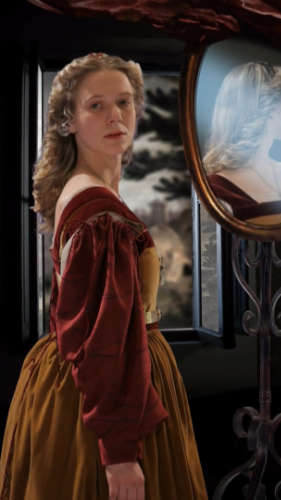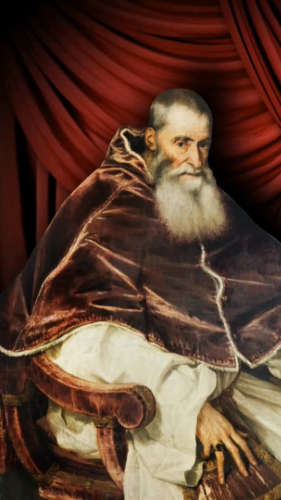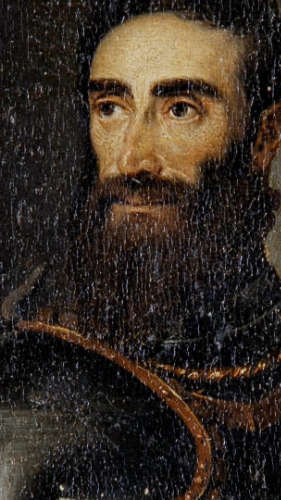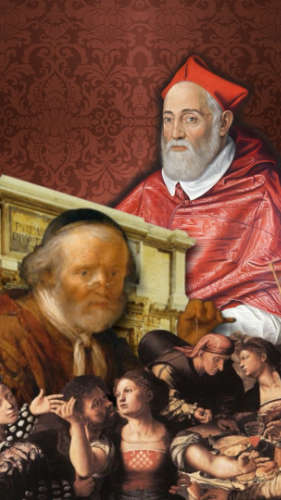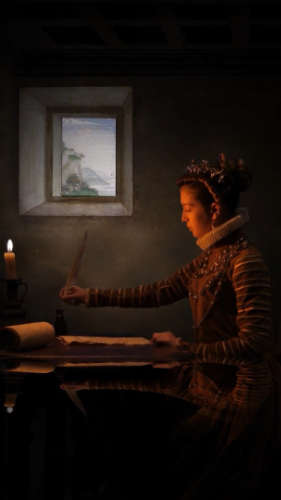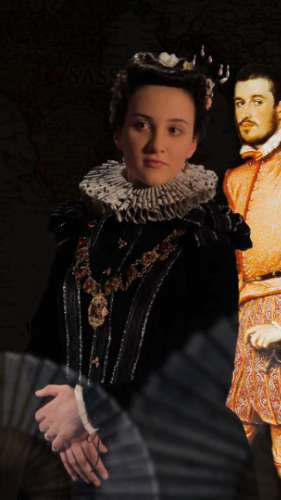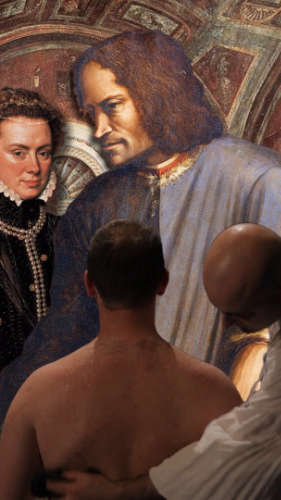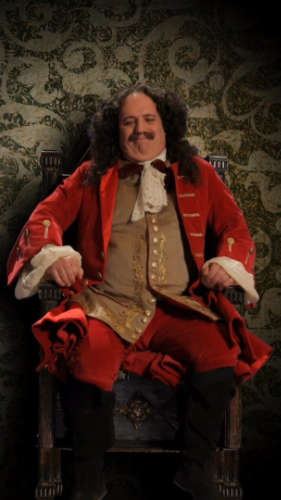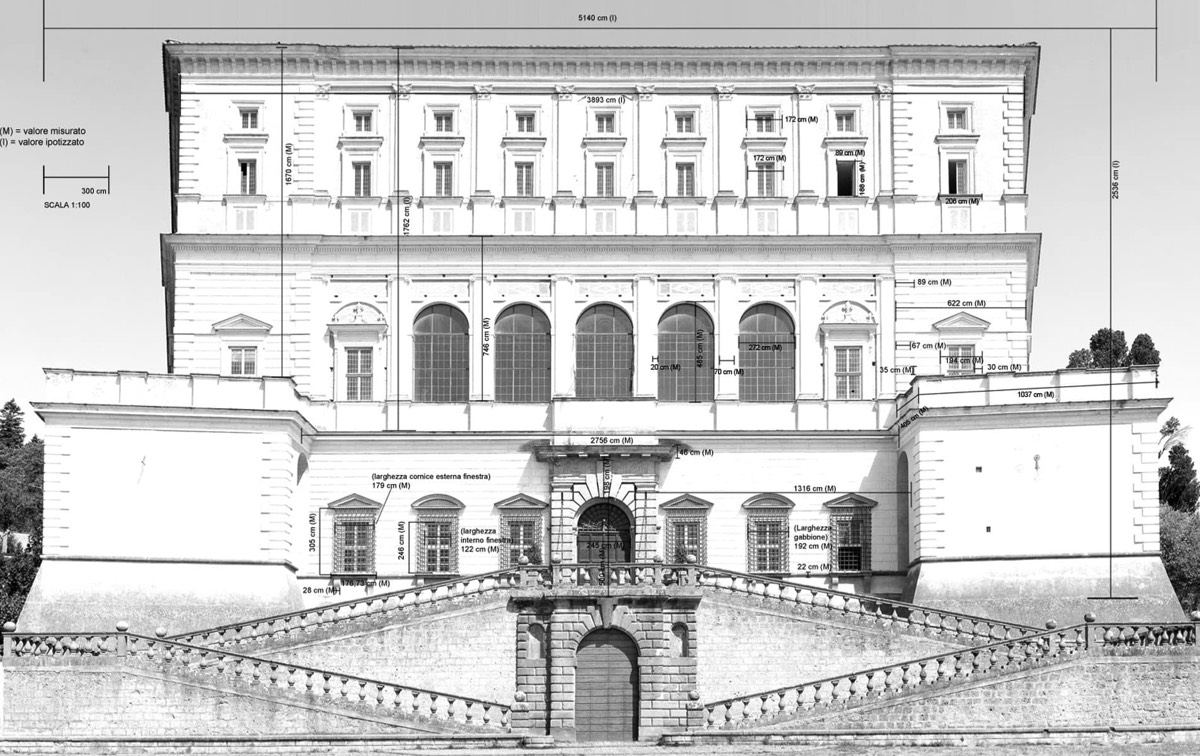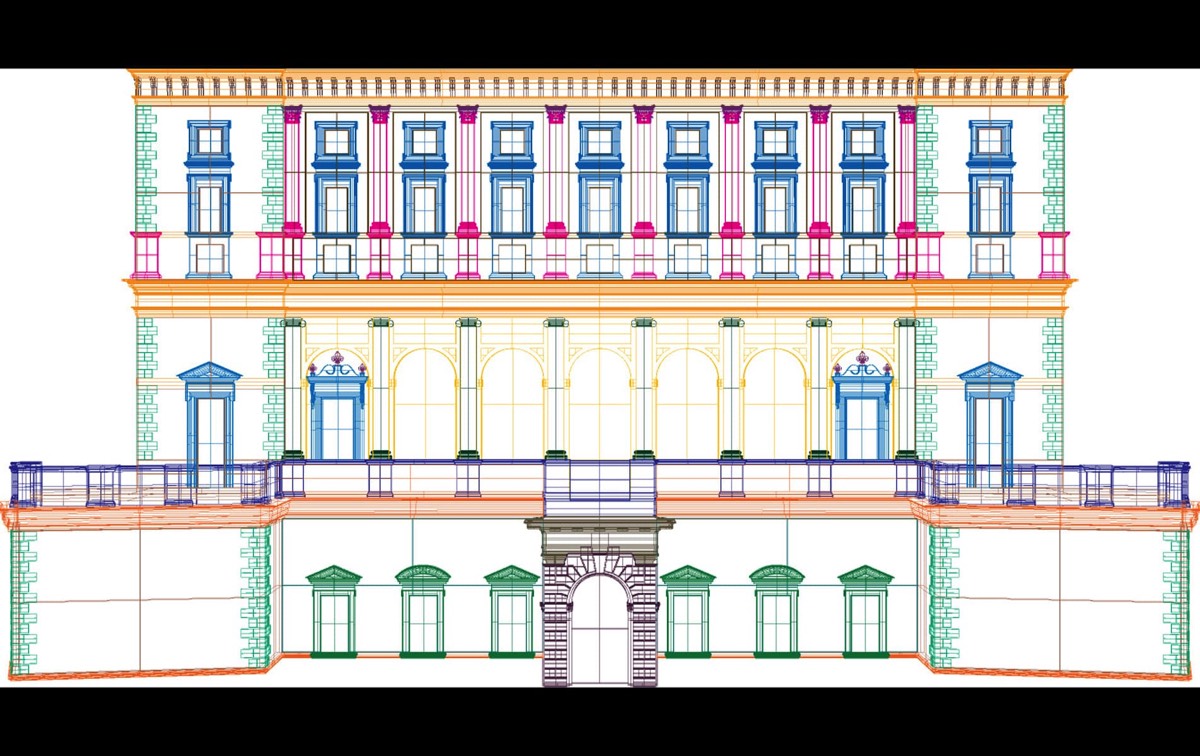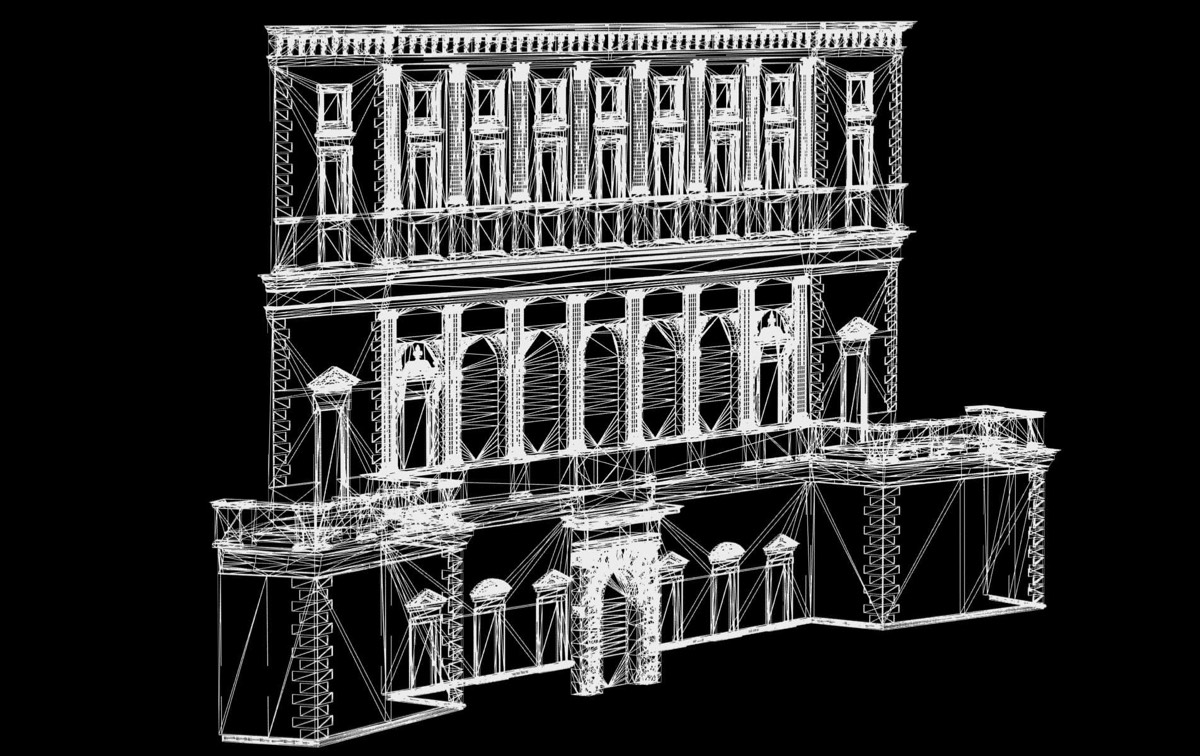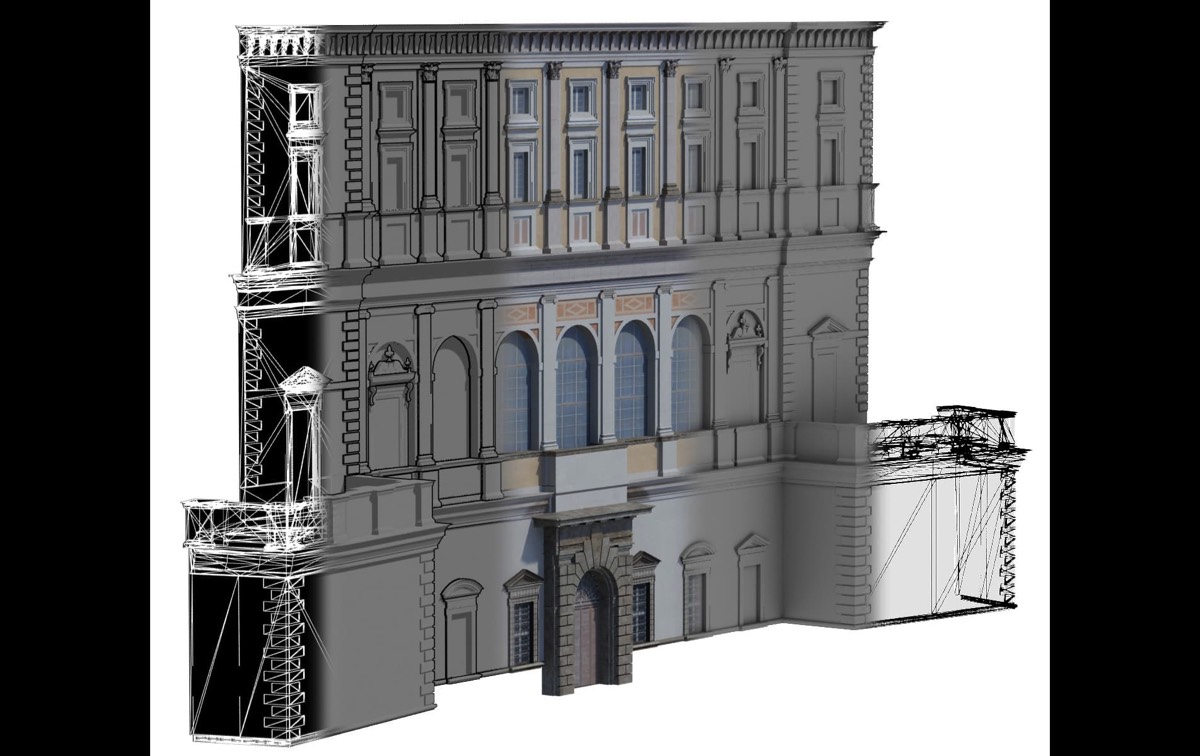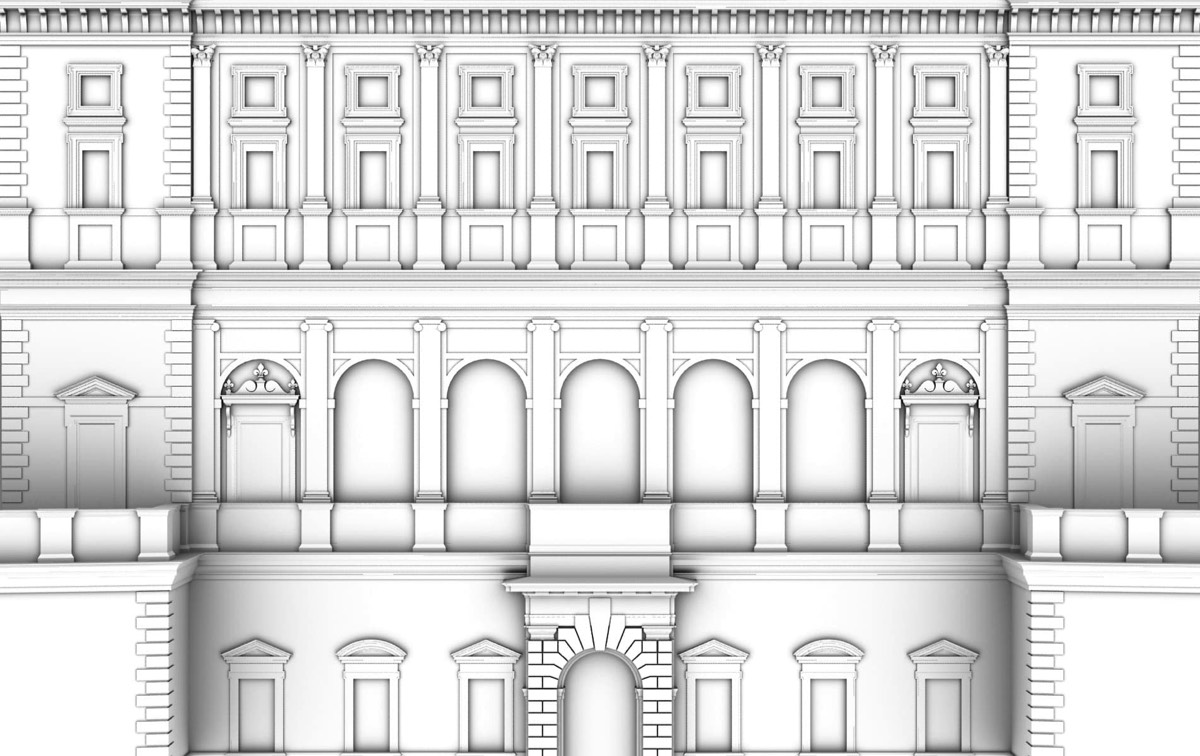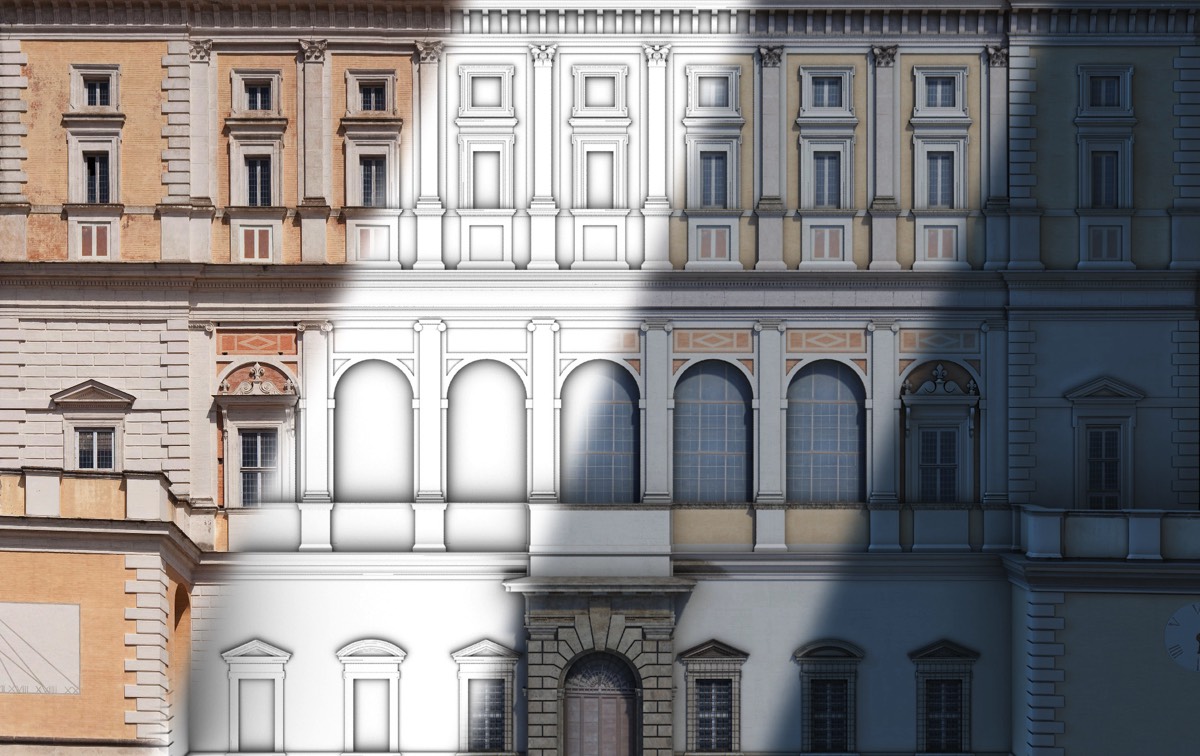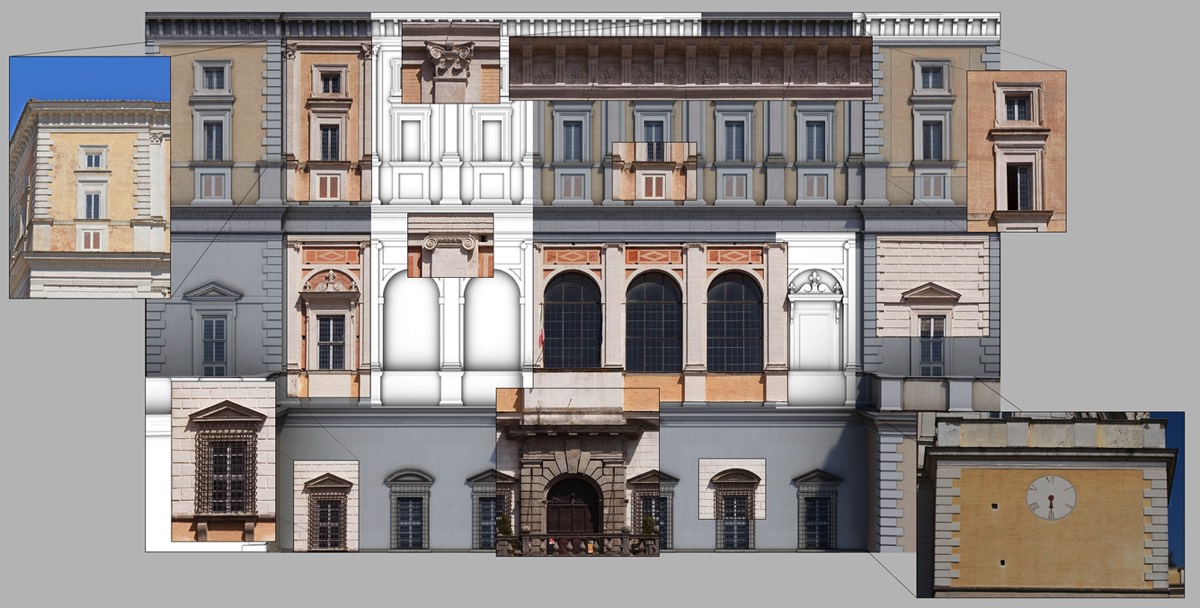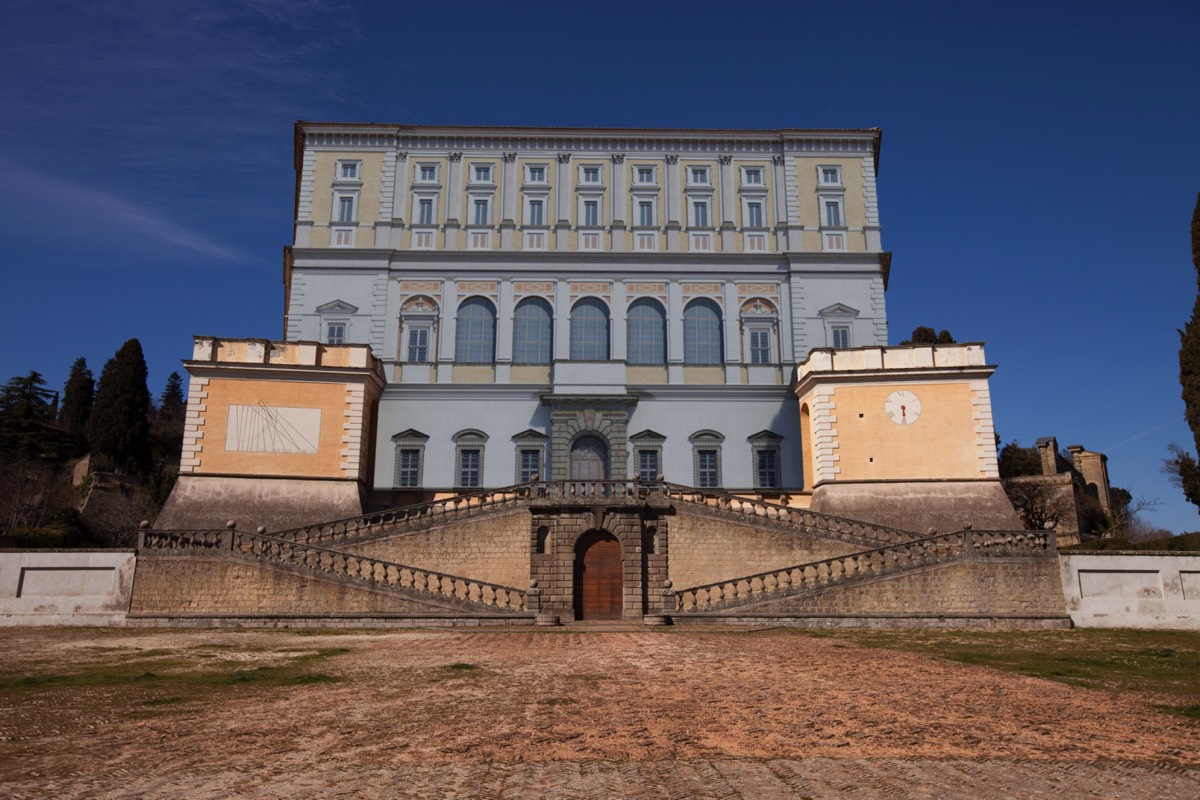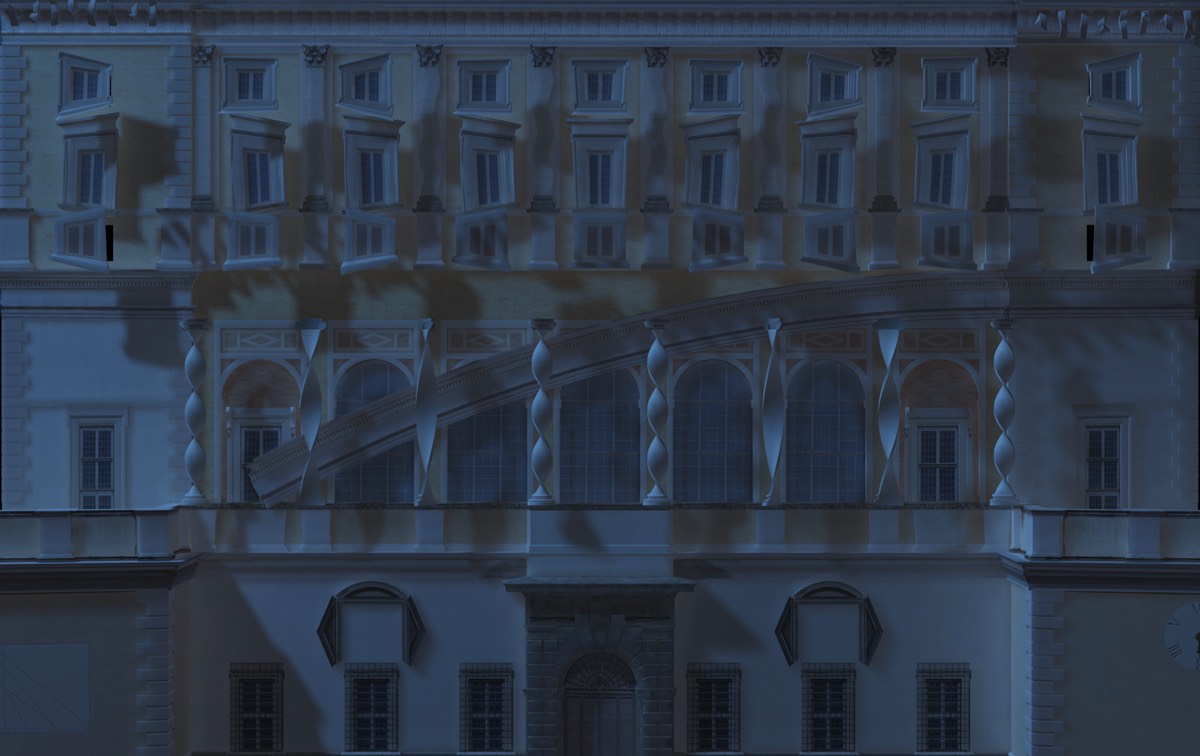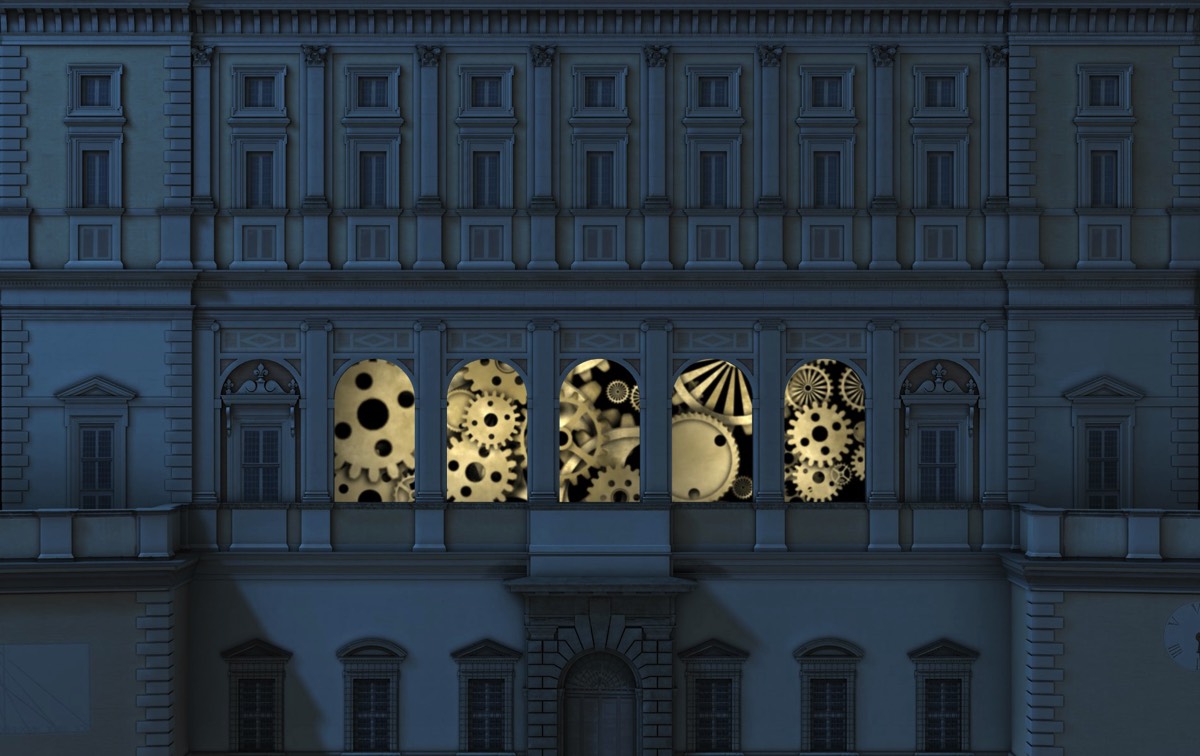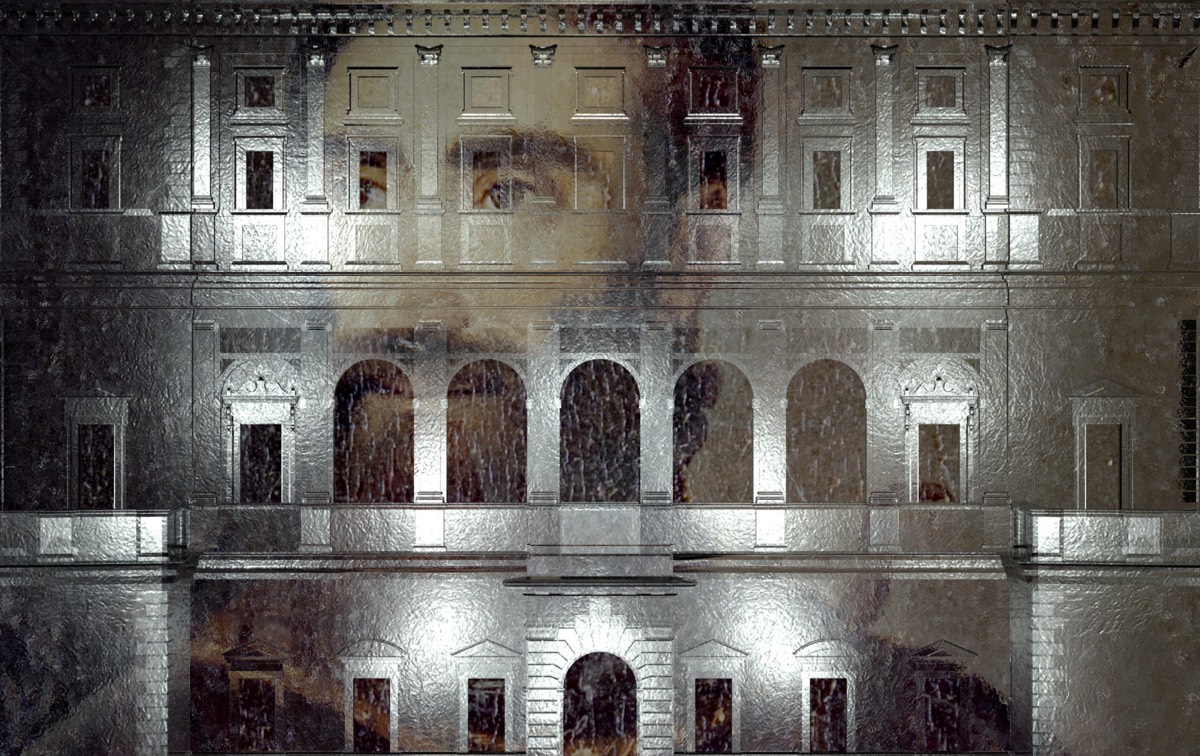Aldo Di Russo
knowing is nothing but an appearance of things on a stage for which "consciousness" supplies the footlights
John Dewey
La Tuscia Farnese
An enchanting place to the north of Rome that underwent remarkable political, social and cultural development during the time of Cardinal Alessandro Farnese's family. It was in the mid-1500s when the fortress was transformed into the present palace, a symbol of Renaissance architecture. The project wanted to revive those times after the restoration of the ground floor where the palace's kitchens and services were located. A narrative museum was created where traditional paradigms are broken down and dramatic interpretations of the facts of history are presented to the public. The dungeons are 'repainted' by light effects and projections that expose to the public all the glory and meanness of a kingdom that was once at the centre of Europe.
La Sala del Fungo
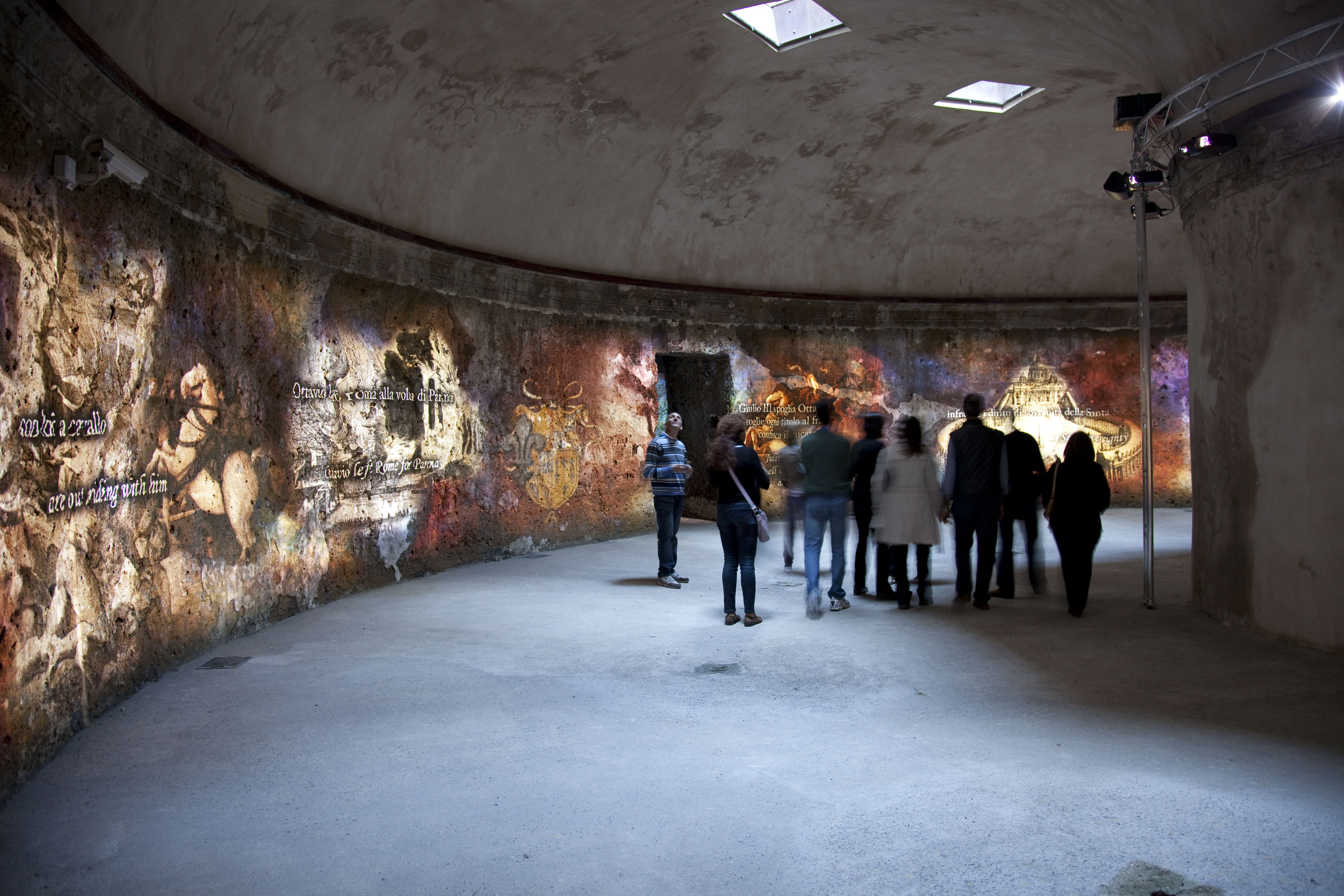
Also known as the 'Bicchierone', this is the central room of the Palace's basement. Dug into the tufa rock, it is a room in the shape of an inverted cone, hence the name 'mushroom', where rainwater was stored and collected by a valuable work located in the centre of the courtyard above.
In this room we imagined projecting the history of the Farnese family from its settlement in Rome until the death of its last member. The story unfolded in the over sixty metres of circumference, the mould on the walls, the colours of the stone subjected to centuries of water gave the projections the right support to give the visitor the idea of being in front of frescoes. Of course it was all about light. The story revolved slowly around the circumference to allow it to be followed in its temporal evolution or to allow those standing still in their seats to see time passing from a single viewpoint.
In this room we imagined projecting the history of the Farnese family from its settlement in Rome until the death of its last member. The story unfolded in the over sixty metres of circumference, the mould on the walls, the colours of the stone subjected to centuries of water gave the projections the right support to give the visitor the idea of being in front of frescoes. Of course it was all about light. The story revolved slowly around the circumference to allow it to be followed in its temporal evolution or to allow those standing still in their seats to see time passing from a single viewpoint.
La Galleria dei ritratti
As in an ancient aristocratic palace, we have reproduced a gallery of portraits of the family's most important members. Giulia, the Cardinal's beautiful sister close to the Borgia Pope and gossiped about until her redemption as a free woman able to choose. Ottavio between power and aristocratic privileges, his wife Margherita, from daughter of an emperor to de Medici wife to 'Madama', before becoming reigning king of grade, up to Ranuccio the last of the Farnese between witchcraft, occultism and incapacity to govern. It will be him, at the end of the gallery tour, who will come out of the painting and invite the audience to the next show.
In the tradition those paintings would have been images caught in a significant moment of the life of the person portrayed, in this case we wanted to stage their thoughts caught in a significant moment of their biography.
In the usual tradition, such paintings would have been images caught at a very significant moment in the life of the portrayed person, in this case we wanted to stage their thoughts caught at a significant time in their biography. Thus little Margherita locked up in a convent, or Clelia scorned by Roman noblewomen, thus Octavius in a bath before being able to mate with his wife who declared she did not want him because of the bad smell, thus Giulia once free from the conditioning of the family rediscovers her humanity and dignity as a woman. It is they, in the first person, who tell their stories as if in a self-portrait, the storyteller merely reconstructing the historical context by creating an animated collage through the fragments of paintings of the time.
In the tradition those paintings would have been images caught in a significant moment of the life of the person portrayed, in this case we wanted to stage their thoughts caught in a significant moment of their biography.
In the usual tradition, such paintings would have been images caught at a very significant moment in the life of the portrayed person, in this case we wanted to stage their thoughts caught at a significant time in their biography. Thus little Margherita locked up in a convent, or Clelia scorned by Roman noblewomen, thus Octavius in a bath before being able to mate with his wife who declared she did not want him because of the bad smell, thus Giulia once free from the conditioning of the family rediscovers her humanity and dignity as a woman. It is they, in the first person, who tell their stories as if in a self-portrait, the storyteller merely reconstructing the historical context by creating an animated collage through the fragments of paintings of the time.
La Sala dei servitori
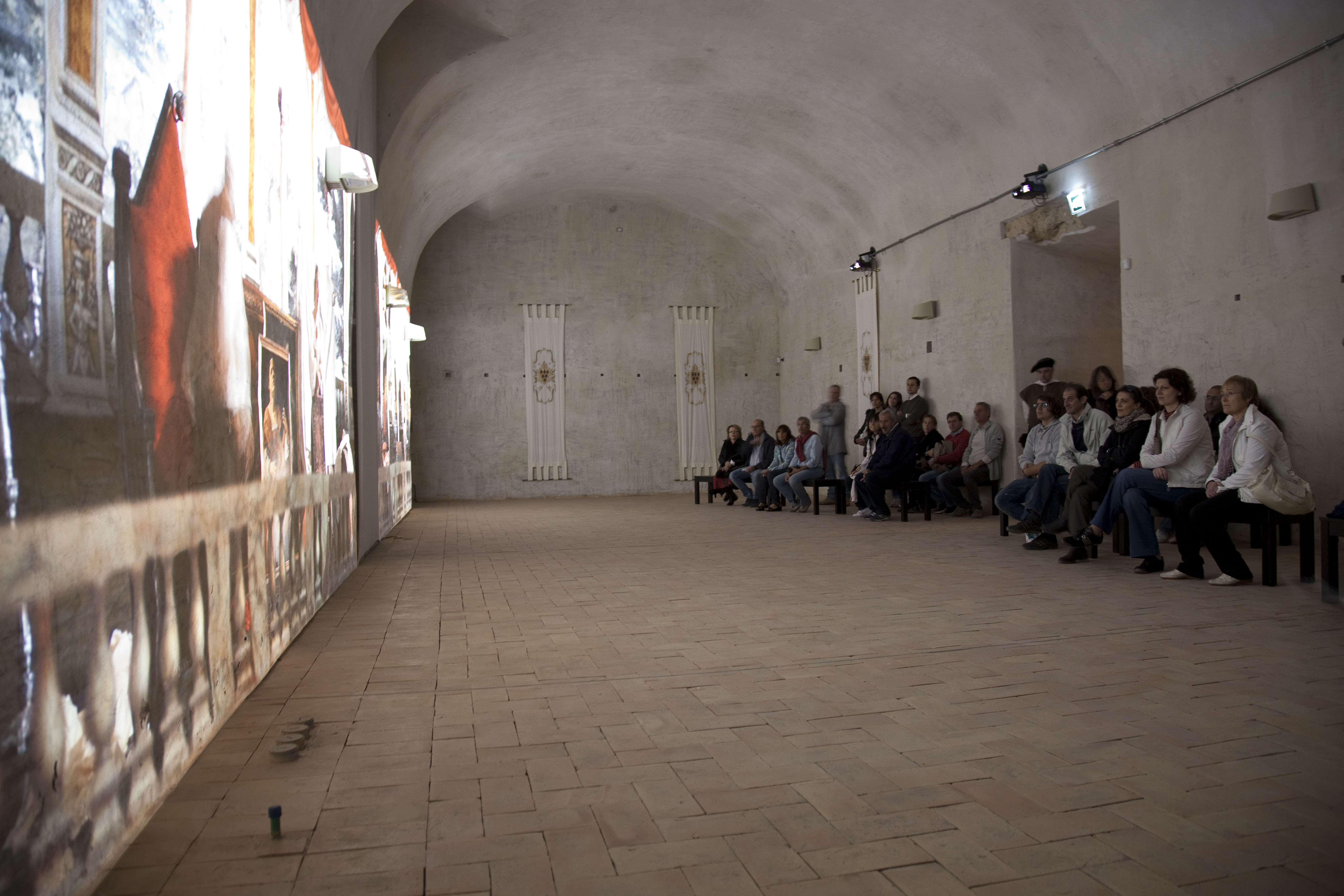
A trompe-l'œil made of light containing four filmed scenes written and performed as if it were a theatrical play. Two servants are dismantling what remains in the cellars of the palace after the end of the Farnese dynasty. They find objects which each refer to a past when the family was in power in Europe. Paying attention to the dialogue, we discover that the controversial positions of the two servants refer to the new Italian Renaissance, (played by Valeria Ciangottini) against the old traditionalist thinking embodied in the servant (played by Cosimo Cinieri).
Project mapping
LOADING
The first step in any project mapping is to carry out a photogrammetric survey of the façade on which it is to be implemented. Partly by means of architectural maps, partly by making precise and meticulous on-site surveys. This makes it possible to create an initial three-dimensional model……
LOADING
…..testing the different lighting that the modelmust have during the show and the effects. It is important to make the lighting consistent with the time of day when the show will take place by reconstructing the facade details almost indistinguishable from the originals
LOADING
At this point, the image becomes fully manipulatable in both 3D and 2D and the story can begin to take shape in the various scenes and sequences in the script. It often happens that the writing is influenced by the modelling creation and vice versa, which is why careful preparation of the design is a crucial step.
Genius Loci
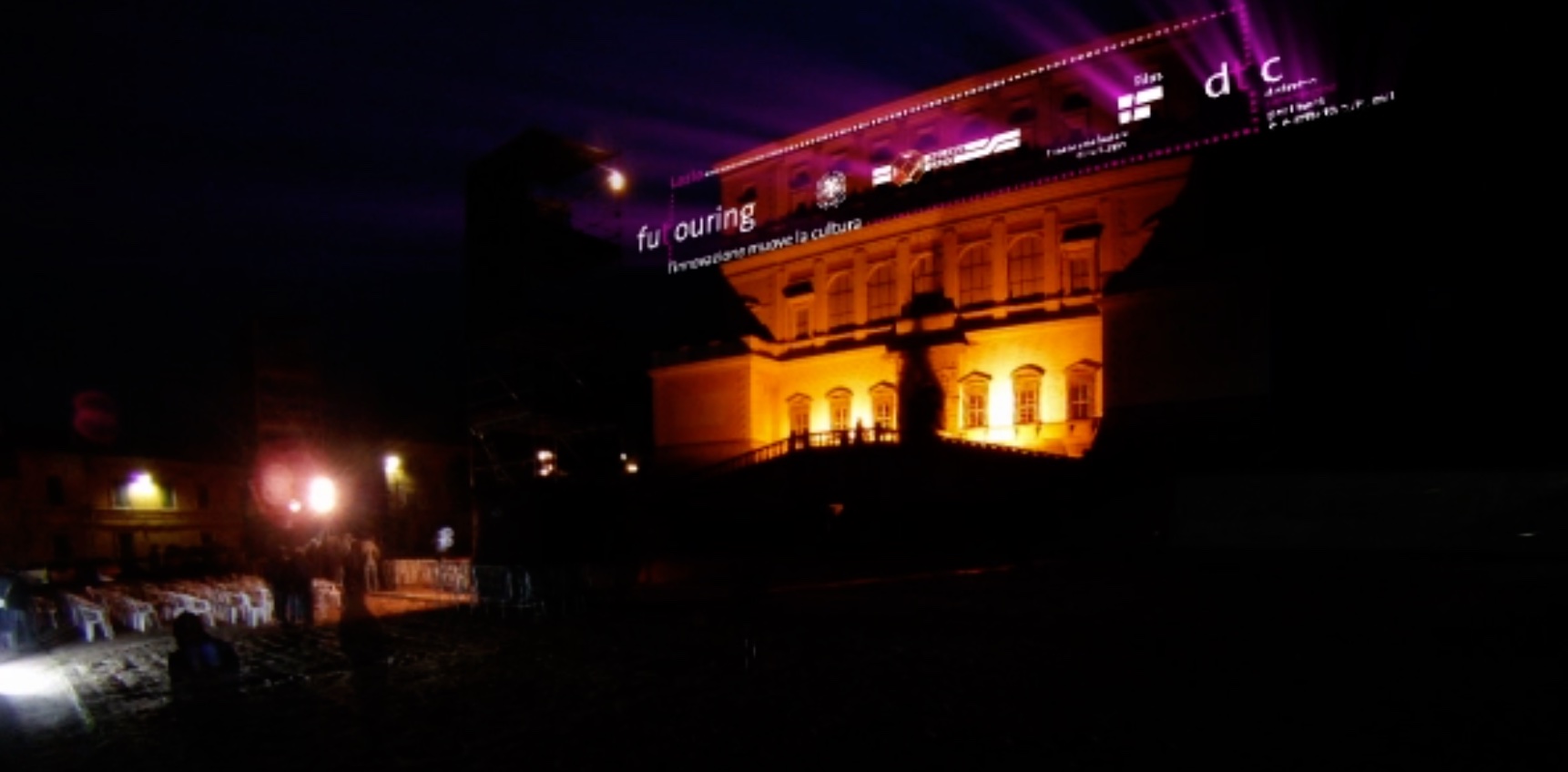
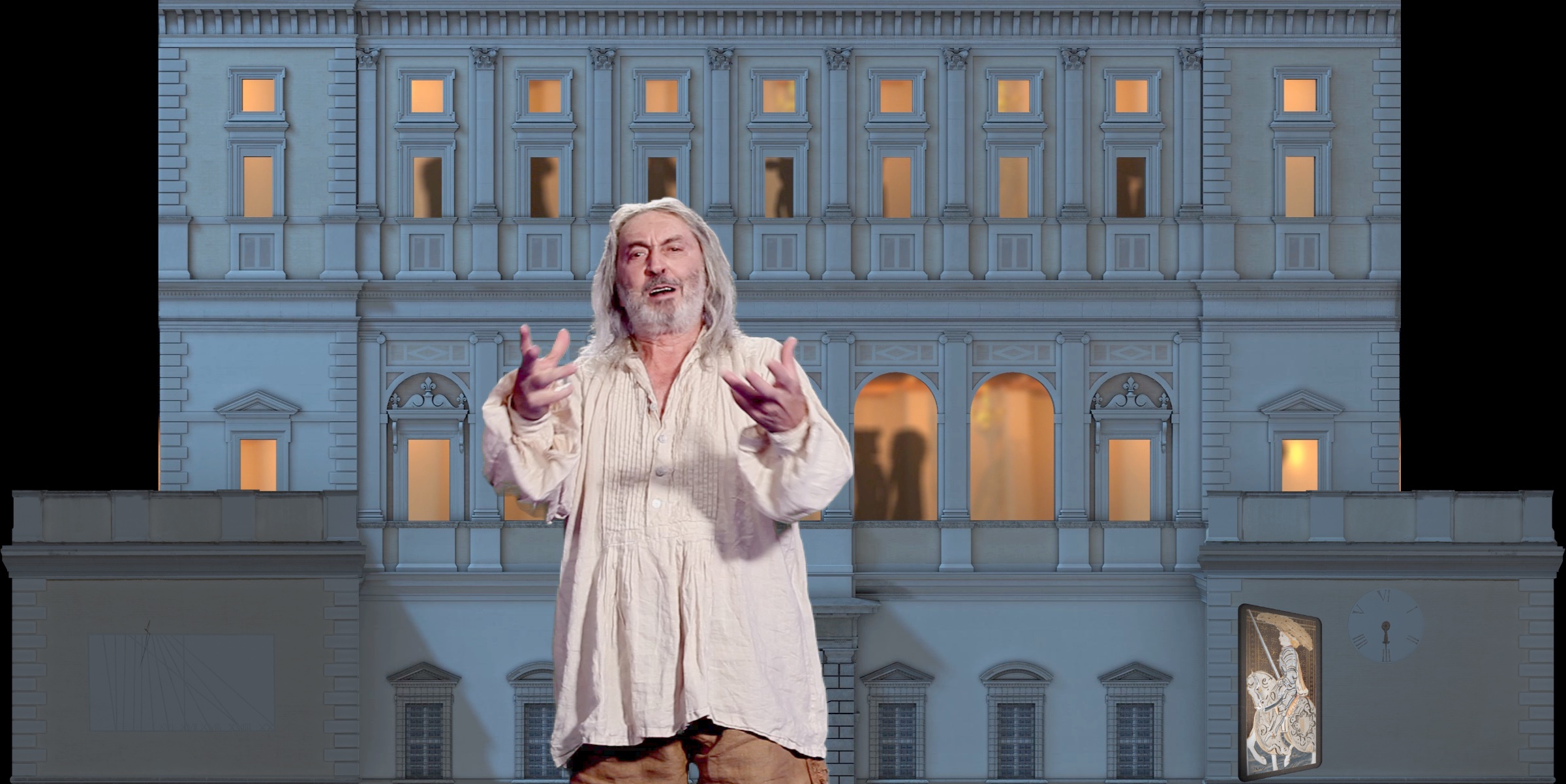
A spectacular project mapping show on the façade of the palace that combines theatrical elements and digital computer graphics the genius, interpreted by Massimo Foschi, and the voices of his contemporaries: Michelangelo, Machiavelli, Guicciardini, Ariosto, Giulia Farnese, goes beyond the conventional schemes of a narrative and balances history with emotional evocation. The images push the architecture towards a fantastic narrative, while the stones of the façade and its glorious past restore the sense of reality to the immateriality of light.
Querelle des femmes
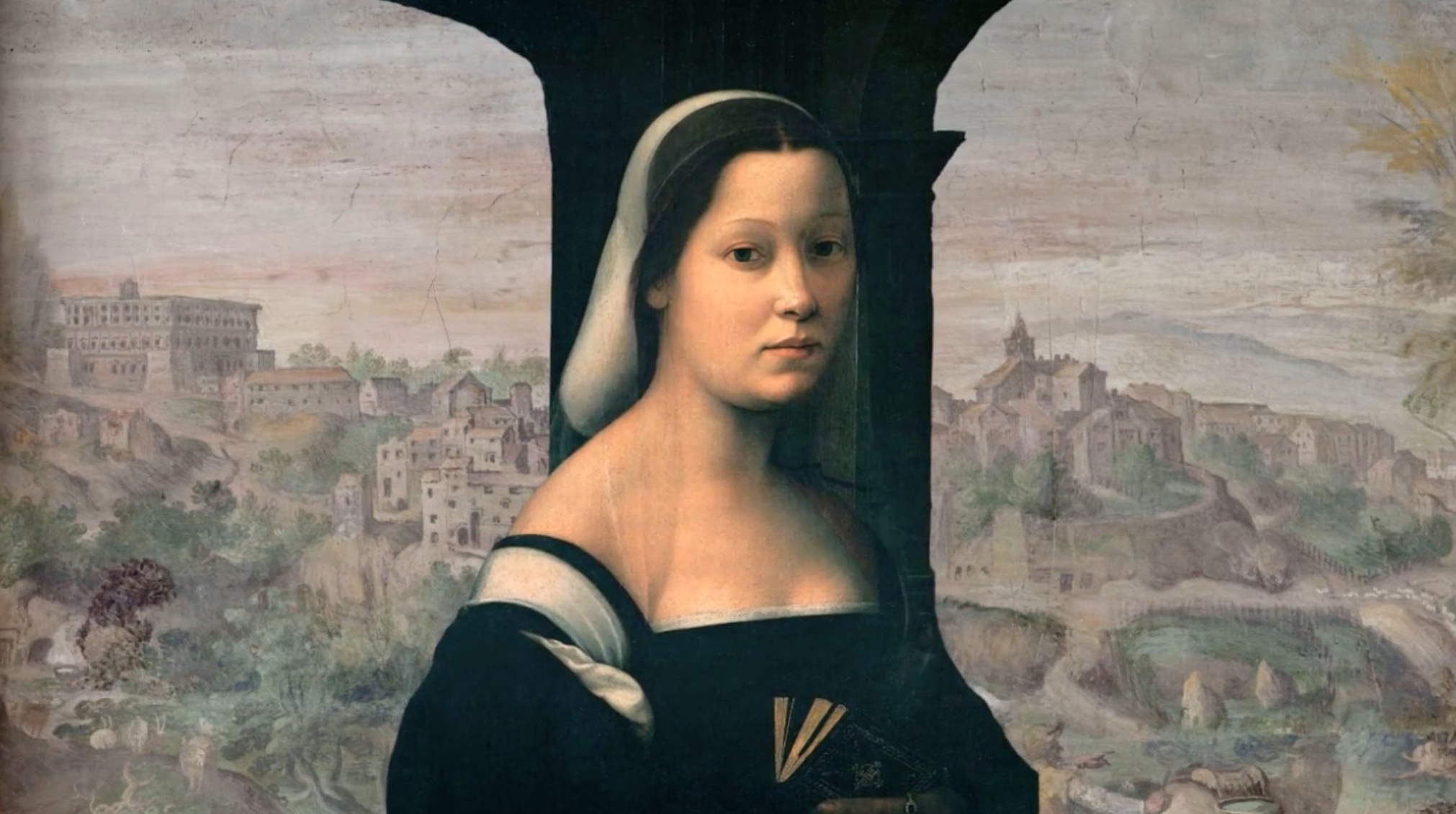
Starting with the portraits of the Farnese family, we focused on the question of women in the Italian Renaissance. Was there a Renaissance for women or was it only due to the strength and power of men. Many of the Farnese women proved to be rulers of great wisdom and dedication to the people, even with the limitations of the culture of the time.
Julia Hairston of the University of California, has helped us in this brief investigation through the views of a female scholar.
Julia Hairston of the University of California, has helped us in this brief investigation through the views of a female scholar.
© 2014 Aldo Di Russo contacts
